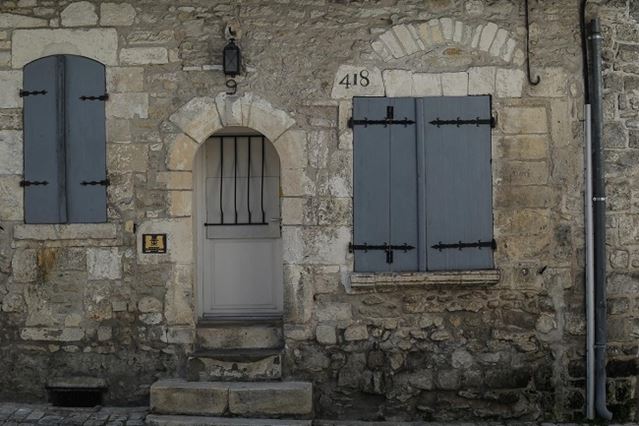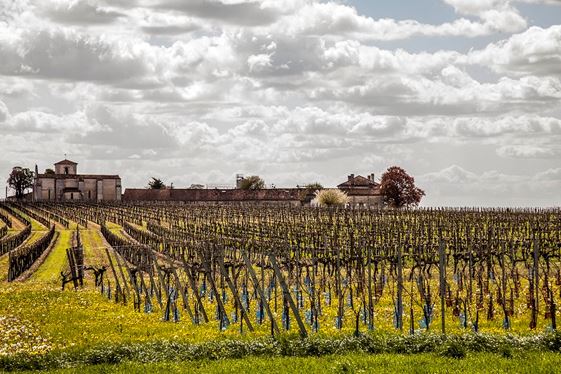
Stretching from La Rochelle in the north to Royan in the west and Angoulème in the east, the Cognac region has a total area of 1 million hectares, 79,000 of which are home to vineyards, second only to its southerly neighbour, Bordeaux, and was formally established in 1909. A further demarcation in 1938 set out the six key Cognac areas, or Crus. They are:
- Grande Champagne
- Petite Champagne
- Borderies
- Fins Bois
- Bons Bois
- Bois Ordinaires (also known as Bois à terroir)
The two most important are Grande and Petite Champagne, and produce the most ageworthy Cognacs of all. Cognacs made solely from Grande and Petite Champagne eau-de-vie can use the term ‘Fine Champagne’ on the label, provided that Grande Champagne makes up at least half the blend.
Incidentally, the term ‘Champagne’ has nothing to do with France’s most famous sparkling wine – the word actually refers to the chalky soil found in the Cognac region.
Borderies, the smallest Cru, is beloved of Martell in particular, which claims that the area gives its eau-de-vie a haunting, aromatic quality, with a note of violets.
Heading out of the central part of the region, the largest Cru, Fins Bois, is noted for its fresh, fruity eau-de-vie that is ideal for younger Cognacs, as is eau-d-vie from the Bons Bois region that lies slightly further out. Finally, Bois Ordinaires eau-de-vie has a faint maritime character thanks to its coastal location, and is the farthest from the two key towns of Cognac and Jarnac. It also represents the smallest area under vine.

